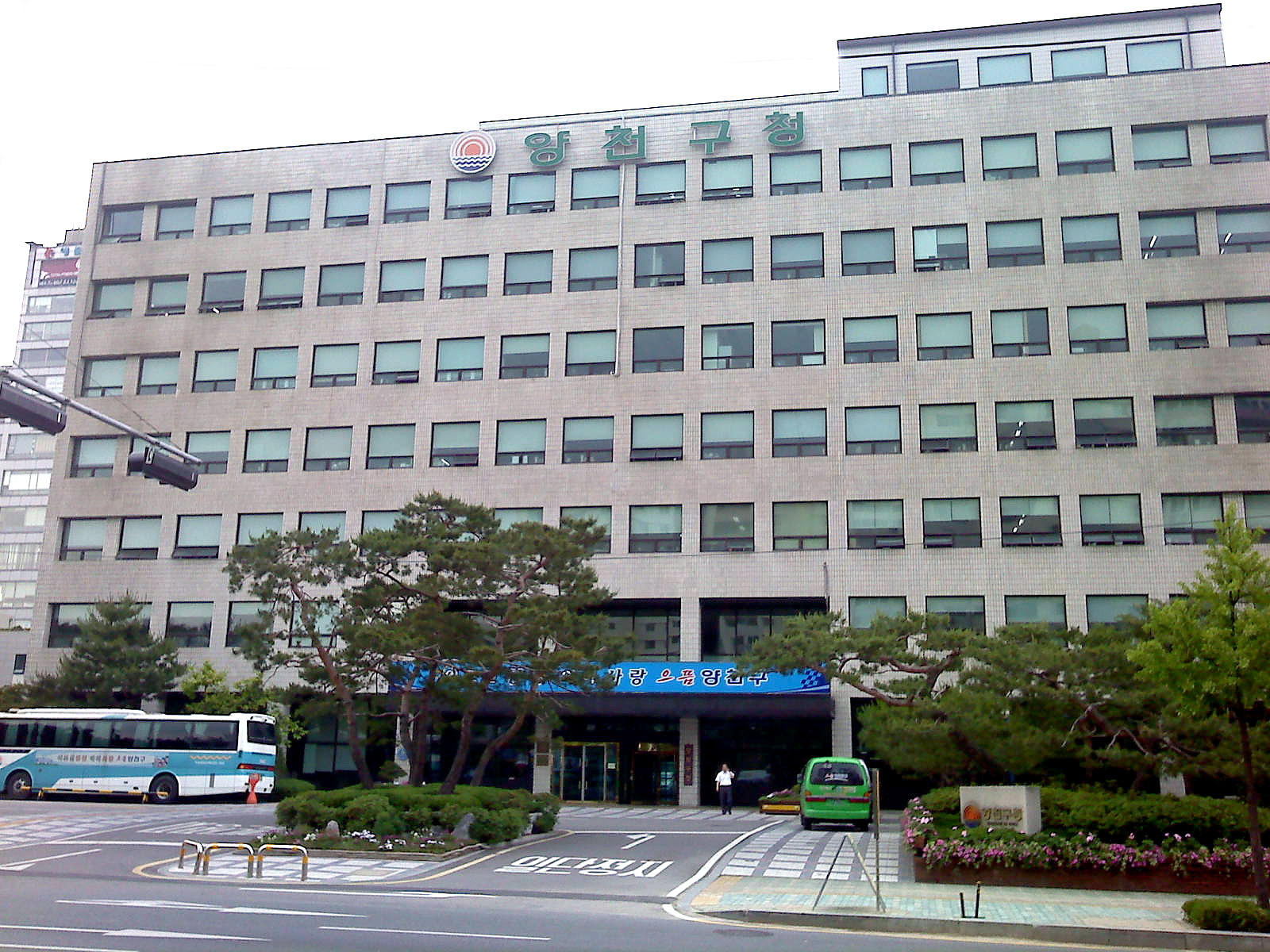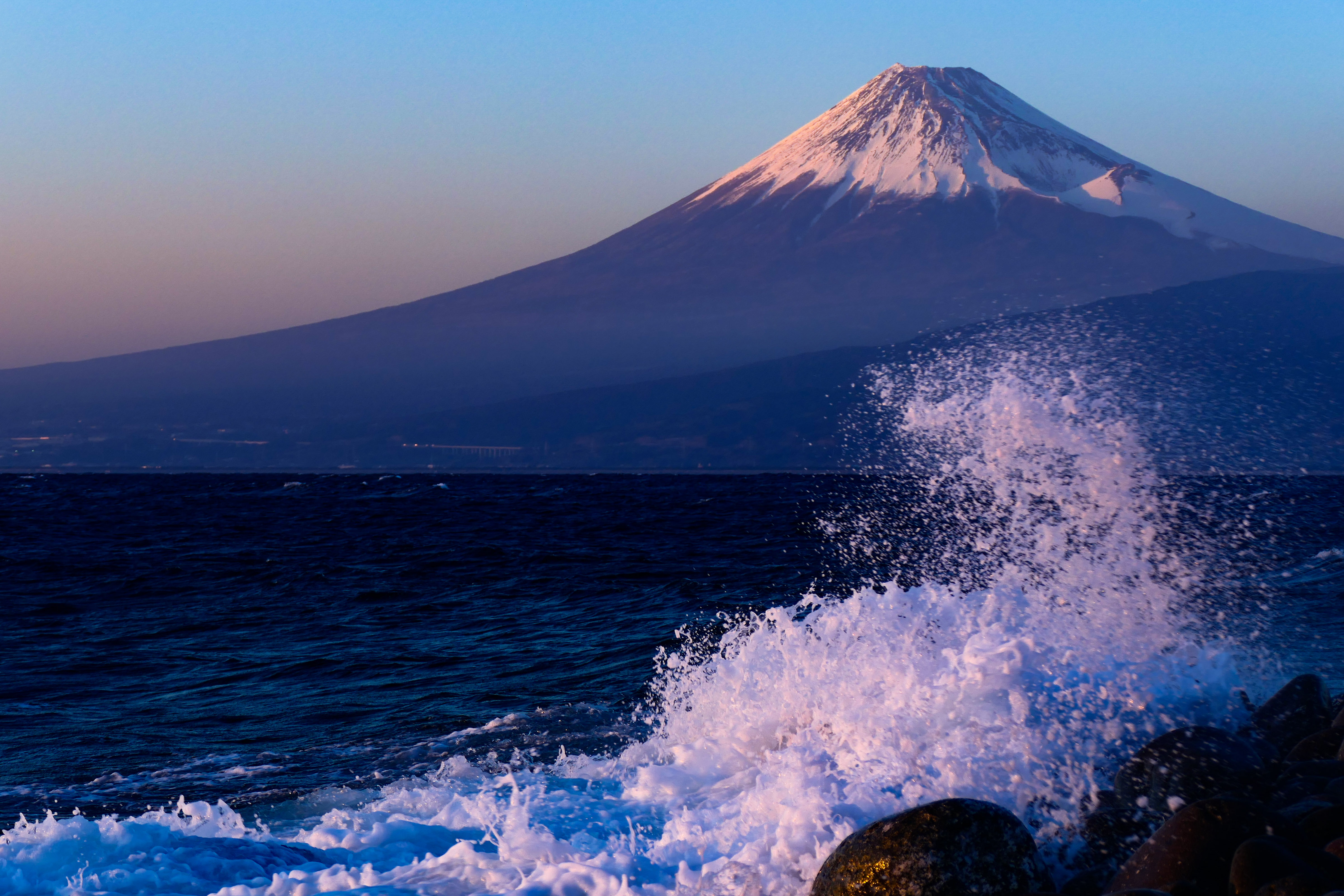|
Uljin
Uljin County (''Uljin-gun''; Korean: 울진군) is a county in North Gyeongsang Province, South Korea. Before 1963, Uljin was in Gangwon Province. It borders the Sea of Japan in the east, Bonghwa-gun and Yeongyang-gun in the west, Yeongdeok-gun in the south, and Samcheok-si, Gangwon-do in the north. It is located at 129°04'∼129°29' east longitude and 36°38'∼37°06' north latitude. The area is 989.43 square kilometers, and the population is 51,885 (as of 2015). There are 2 eups, 8 myeons, and 195 administrative districts (79 Beopjeong-ri). The county office is located in Eupnae-ri, Uljin-eup, Uljin-gun, Gyeongsangbuk-do. Administrative divisions Uljin County is divided into 2 eup and 8 myeon. Culture and sightseeing Festivals Uljin's festivals reflect the county's agricultural and maritime industry. In 2005 and 2009 for three weeks, Uljin hosted the Uljin Organic Food Exhibition (울진세계친환경농업엑스포) in Uljin's Expo Park. The expo features global repr ... [...More Info...] [...Related Items...] OR: [Wikipedia] [Google] [Baidu] |
Pyeonghae
Pyeonghae is a South Korean town. It is administered as part of Uljin County in North Gyeongsang Province. Name Pyeonghae's name means "Peaceful Sea(s)". It appears in 19th-century sources as "Pingai", "Pingai Harbor", and "Ping-hai Harbor".. Geography Pyeonghae lies on the north bank of the Namdae (, "Southern Great River"), about a mile inland from its confluence with the Sea of Japan on the eastern shore of the Korean Peninsula. Its harbor was formed by a conical island, which sheltered an anchorage in the Namdae estuary. History During the 19th century, Pyeonghae was reckoned one of the primary harbors on Korea's eastern shore. Pyeonghae Village (Pyeonghae-ri) was officially promoted to town status on 1 December 1980. See also * List of towns in South Korea A town or '' eup'' is an administrative unit in South Korea; along with township (rural), a town (urban) is one of the divisions of a county, and of some cities with a population of less than 500,000. The main town ... [...More Info...] [...Related Items...] OR: [Wikipedia] [Google] [Baidu] |
Goyang
Goyang (''Goyang-si''; ) is a city in Gyeonggi Province in the north of South Korea. It is part of the Seoul Capital Area, making Goyang one of Seoul's satellite cities. It is one of the largest cities in the Seoul Capital Area, with a population of just over 1 million. Ilsan, a planned city, is located in the Ilsandong-gu and Ilsanseo-gu districts of Goyang. It also includes Deogyang-gu which is closer to Seoul. Several institutions of higher learning are located in Goyang. These include Agricultural Cooperative College, Korea Aerospace University, and Transnational Law and Business University. Notable places Historic remains * Bukhansanseong Fortress * Heungguksa Temple * Seosamneung and Seooreung Royal Tombs, UNESCO World Heritage Sites * Haengju seowon (Confucial Academy) * Ilsan Bamgasi Choga (Straw-roofed House) Exhibitions * Goyang Aram Nuri Arts Center * Goyang Oulim Nuri Arts Center * KINTEX * Aerospace Museum * Baedari Korean Traditional Wine Museum ... [...More Info...] [...Related Items...] OR: [Wikipedia] [Google] [Baidu] |
North Gyeongsang
North Gyeongsang Province ( ko, 경상북도, translit=Gyeongsangbuk-do, ) is a province in eastern South Korea. The province was formed in 1896 from the northern half of the former Gyeongsang province, and remained a province of Korea until the country's division in 1945, then became part of South Korea. Daegu was the capital of North Gyeongsang Province between 1896 and 1981, but has not been a part of the province since 1981. In 2016, the provincial capital moved from Daegu to Andong. The area of the province is , 19.1 percent of the total area of South Korea. Geography and climate The province is part of the Yeongnam region, on the south by Gyeongsangnam-do, on the west by Jeollabuk-do and Chungcheongbuk-do Provinces, and on the north by Gangwon-do Province. During the summer, North Gyeongsang Province is perhaps the hottest province in South Korea. This is helped by the fact that the province is largely surrounded by mountains: the Taebaek Mountains in the east and ... [...More Info...] [...Related Items...] OR: [Wikipedia] [Google] [Baidu] |
List Of Counties In South Korea
List of all counties in South Korea: There are 82 counties in South Korea since Cheongwon County was dissolved on July 1, 2014 and consolidated by Cheongju. Dissolved counties ;1946 * Cheongju County * Chuncheon County * Yeongpyeong County ;1949 * Yeosu County ;1952 * Gangreung County * Gyeongju County * Wonju County ;1956 * Chungju County ;1963 * Cheongan County ;1973 * Bucheong County * Dongrae County ;1980 * Jecheong County ;1988 * Gwangsan County ;1989 * Chunseong County * Daedeok County * Siheung County * Wolseong County * Wonseong County ;1992 * Goyang County ;1995 * Asan County * Boryeong County * Changwon County * Cheonan County * Chuncheon County * Geoje County * Geumreung County * Gimhae County * Gimje County * Gongju County * Gwangyang County * Gyeongju County * Gyeongsan County * Iksan County * Jecheon County * Jeongeup County * Jinyang County annexed by Jinju * Jungwon County annexed by Chungju * Miryang County * Mungyeong County * Myeongju Cou ... [...More Info...] [...Related Items...] OR: [Wikipedia] [Google] [Baidu] |
Omaezaki
270px, Omaezaki City Hall is a city located in Shizuoka Prefecture, Japan. Omaezaki is located at the tip of Omaezaki Peninsula on Japan's Pacific coast. , the city had an estimated population of 32,422 in 12,095 households and a population density of 490 persons per km2. The total area of the city was . Geography Omaezaki City lies approximately south of Shizuoka City at the tip of a peninsula of the same name, stretching east into the Pacific Ocean. The majority of the city consists of gentle hills and valleys with some steep cliffs on the peninsula's east coast. Like much of Japan, Shizuoka Prefecture is an earthquake zone, and small tremors frequently occur in the area. Omaezaki is also in an area at risk from tsunami. Surrounding municipalities *Shizuoka Prefecture ** Makinohara ** Kikugawa **Kakegawa Climate Omaezaki has a humid subtropical climate (Köppen climate classification ''Cfa''). Due to its location, Omaezaki experiences strong coastal winds between Octo ... [...More Info...] [...Related Items...] OR: [Wikipedia] [Google] [Baidu] |
Yangcheon-gu
The Yangcheon District (Yangcheon-gu) is a ''gu'', or district, of Seoul, South Korea, located on the southwest side of the Han River. At the centre of this district is the Mok-dong area, which is home to numerous shopping outlets, bars and restaurants, an ice rink, and large residential buildings inhabited by mostly upper-middle and upper-class families. Kim Soo-young of the Democratic Party was the district's first female mayor, which she served from July 2014 to June 2022. History It was known as 'Jechapaui-hyun' (제차파의현, 齊次巴衣縣) during the Goguryeo age, and has gone through several name-changes since. It was renamed 'Yangcheon' in 1310, during the Goryeo dynasty. It was separated from the neighboring Gangseo district in 1988. The Yangcheon District includes Mok-dong, Sinjeong-dong and Sinwol-dong. This area was developed during the 1980s, as a result of government policy to build a new residential area in Seoul; large apartment complexes were built. Now, ... [...More Info...] [...Related Items...] OR: [Wikipedia] [Google] [Baidu] |
Köppen Climate Classification
The Köppen climate classification is one of the most widely used climate classification systems. It was first published by German-Russian climatologist Wladimir Köppen (1846–1940) in 1884, with several later modifications by Köppen, notably in 1918 and 1936. Later, the climatologist Rudolf Geiger (1894–1981) introduced some changes to the classification system, which is thus sometimes called the Köppen–Geiger climate classification system. The Köppen climate classification divides climates into five main climate groups, with each group being divided based on seasonal precipitation and temperature patterns. The five main groups are ''A'' (tropical), ''B'' (arid), ''C'' (temperate), ''D'' (continental), and ''E'' (polar). Each group and subgroup is represented by a letter. All climates are assigned a main group (the first letter). All climates except for those in the ''E'' group are assigned a seasonal precipitation subgroup (the second letter). For example, ''Af'' i ... [...More Info...] [...Related Items...] OR: [Wikipedia] [Google] [Baidu] |
Japan
Japan ( ja, 日本, or , and formally , ''Nihonkoku'') is an island country in East Asia. It is situated in the northwest Pacific Ocean, and is bordered on the west by the Sea of Japan, while extending from the Sea of Okhotsk in the north toward the East China Sea, Philippine Sea, and Taiwan in the south. Japan is a part of the Ring of Fire, and spans an archipelago of 6852 islands covering ; the five main islands are Hokkaido, Honshu (the "mainland"), Shikoku, Kyushu, and Okinawa. Tokyo is the nation's capital and largest city, followed by Yokohama, Osaka, Nagoya, Sapporo, Fukuoka, Kobe, and Kyoto. Japan is the eleventh most populous country in the world, as well as one of the most densely populated and urbanized. About three-fourths of the country's terrain is mountainous, concentrating its population of 123.2 million on narrow coastal plains. Japan is divided into 47 administrative prefectures and eight traditional regions. The Greater Tokyo Ar ... [...More Info...] [...Related Items...] OR: [Wikipedia] [Google] [Baidu] |
Shizuoka Prefecture
is a prefecture of Japan located in the Chūbu region of Honshu. Shizuoka Prefecture has a population of 3,637,998 and has a geographic area of . Shizuoka Prefecture borders Kanagawa Prefecture to the east, Yamanashi Prefecture to the northeast, Nagano Prefecture to the north, and Aichi Prefecture to the west. Shizuoka is the capital and Hamamatsu is the largest city in Shizuoka Prefecture, with other major cities including Fuji, Numazu, and Iwata. Shizuoka Prefecture is located on Japan's Pacific Ocean coast and features Suruga Bay formed by the Izu Peninsula, and Lake Hamana which is considered to be one of Japan's largest lakes. Mount Fuji, the tallest volcano in Japan and cultural icon of the country, is partially located in Shizuoka Prefecture on the border with Yamanashi Prefecture. Shizuoka Prefecture has a significant motoring heritage as the founding location of Honda, Suzuki, and Yamaha, and is home to the Fuji International Speedway. History S ... [...More Info...] [...Related Items...] OR: [Wikipedia] [Google] [Baidu] |
Dong-gu, Busan
Dong District (literally ''east district'') is a '' gu'' in central Busan, South Korea. It was one of the first 6 ''gu'' of Busan established in 1957. Busan Station is located in Dong-gu. Dong-gu has a status of sister localities with Gwangsan-gu in Gwangju and Zhifu District in Yantai City, China. Administrative divisions Dong-gu is divided into 4 legal ''dong'', which altogether comprise 17 administrative ''dong'', as follows: * Choryang-dong (5 administrative ''dong'') * Sujeong-dong (5 administrative ''dong'') * Jwacheon-dong (2 administrative ''dong'') * Beomil-dong (5 administrative ''dong'') Politics The area is represented in the National Assembly by the West District and East District Busan (South Korean Legislature Constituency) Education International schools include: * Overseas Chinese High School, Busan * Chinese Korea Busan School (kindergarten and elementary school) [...More Info...] [...Related Items...] OR: [Wikipedia] [Google] [Baidu] |




